The most important principles of freezing food
Freezing is one of the best methods of storing food, and in the case of fruit and vegetables, it’s far better than drying or preserving. Mainly because it best protects them from the loss of valuable vitamins. We’re keen to freeze plant products as well as bread, meat, fish, cheese, or even soups. Is it possible to freeze any food and how long can food be kept in the freezer? You’ll find out from our article!
Why freeze fruit and vegetables?
Frozen fruit and vegetables – compared to other types of preserves, such as those stored in jars – retain most of the nutrients. That’s why preparing meals based on frozen products is highly recommended, especially in the autumn and winter when there are no fresh fruit and vegetables. Besides, freezing is a good way to avoid wasting and throwing away food. Most products – fresh or processed – can be kept in the freezer for up to several weeks.
Frozen food – basic rules
1. Some products aren’t suitable for freezing
Theoretically, any food can be frozen, but not everything will still be edible when defrosted. For this reason, you shouldn’t freeze the following:
- fruit and vegetables with high water content – citrus fruit, grapes, apples, watermelon, cucumbers, lettuce, tomatoes (they won’t have their original consistency after thawing) and raw potatoes and onions (they go darker),
- shell eggs (raw eggs can be frozen after yolks are separated from whites) and boiled eggs,
- cream, yoghurts, mayonnaise, and cottage cheese (they stratify).
2. For freezing, use durable and frost-resistant packaging or bags designed for contact with food
When freezing food in special bags, you’ll gain space in the freezer, which will also prevent cooling the air. However, remember that regular bags shouldn’t be used. The bags should be frost-resistant – such as Paclan’s Freezer Bags. Otherwise, your frozen supply could spill out inside the freezer. Use only those intended for food contact so that the freezing of vegetables, fruit, bread, meat, fish, and other products is safe. Let’s also adjust the size of the bag to the size of the frozen food and taste preferences of the household members – a larger portion after freezing will be difficult to divide into smaller pieces and it will be impossible to freeze it again. Remember not to do this – micro-organisms can develop in such frozen foods.
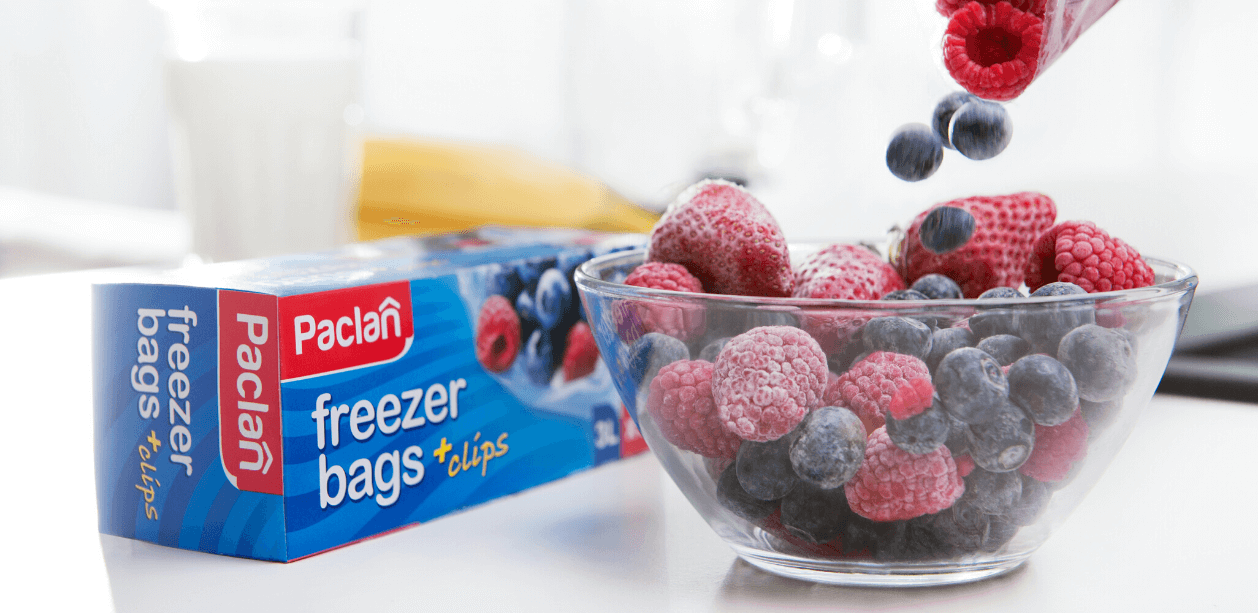
Besides, freezing is a good way to avoid wasting and throwing away food. Most products – fresh or processed – can be kept in the freezer for up to several weeks. However, we must remember that
- Some products aren’t suitable for freezing. Theoretically, any food can be frozen, but not everything will still be edible when defrosted. For this reason, you shouldn’t freeze fruit and vegetables with high water content – citrus fruit, grapes, apples, watermelons, cucumbers, lettuce, tomatoes (after thawing they won’t have their original consistency), and raw potatoes and onions (they go darker); as well as shell eggs (raw eggs can be frozen after yolks are separated from whites) and boiled eggs; cream, yoghurts, mayonnaise, and cottage cheese (they stratify).
- For freezing, let’s use durable and frost-resistant packaging, such as bags, especially those intended for contact with food.. When freezing food in bags, you’ll gain space in the freezer and prevent cooling the air. However, you should remember that these shouldn’t be ordinary bags, but special frost-resistant ones (such as our freezer bags). Otherwise, it may happen that your frozen supplies will spill out inside the freezer. Let’s also use only those intended for food contact. They’ll guarantee that freezing vegetables, fruit, bread, meat, fish, and other products is safe.
- Let’s freeze food products, but for a few months – not for years.. Well-prepared frozen food can be stored in the freezer for several months – and even for a year if kept below -18˚C, which is the optimum temperature for freezing food. This feature is usually found in larger freezers. As for smaller ones, fitted in small household refrigerators, the temperature usually doesn’t fall below -6˚C. Let’s keep this in mind as the freezing temperature affects how long we can store frozen foods. For this reason, it’s a good idea to describe frozen supplies. Put the best-before date or packing date in a visible place. Instead of using small pieces of paper, which people usually put inside food bags, it’s better to choose frozen food bags that have a special label for the product description (e.g. our freezer bags).
Remember! You should never re-freeze frozen products. Don’t do it, but not because the food will lose its taste. The reason is that microorganisms can develop in such products, which is dangerous to our health.
3. Freeze food, but for a few months – not for years
Well-prepared frozen food can be stored in the freezer for several months – and even for a year if kept below -18˚C, which is the optimum temperature for freezing food. This feature is usually found in larger freezers. As for smaller ones, fitted in small household refrigerators, the temperature usually doesn’t fall below -6˚C. Let’s keep this in mind as the freezing temperature affects how long we can store frozen foods. For this reason, it’s a good idea to describe frozen supplies. Put the best-before date or packing date in a visible place. Instead of small pieces of paper, which people usually put inside food bags, it’s better to choose frozen food bags that have a special label for the product description – our Freezer Bags have this feature.
Freezing is a smart way to make a variety of meals while preventing the waste of food that hasn’t been eaten. Let’s remember to follow the basic principles of freezing to enjoy the taste of fruit and vegetables when the season is long gone!

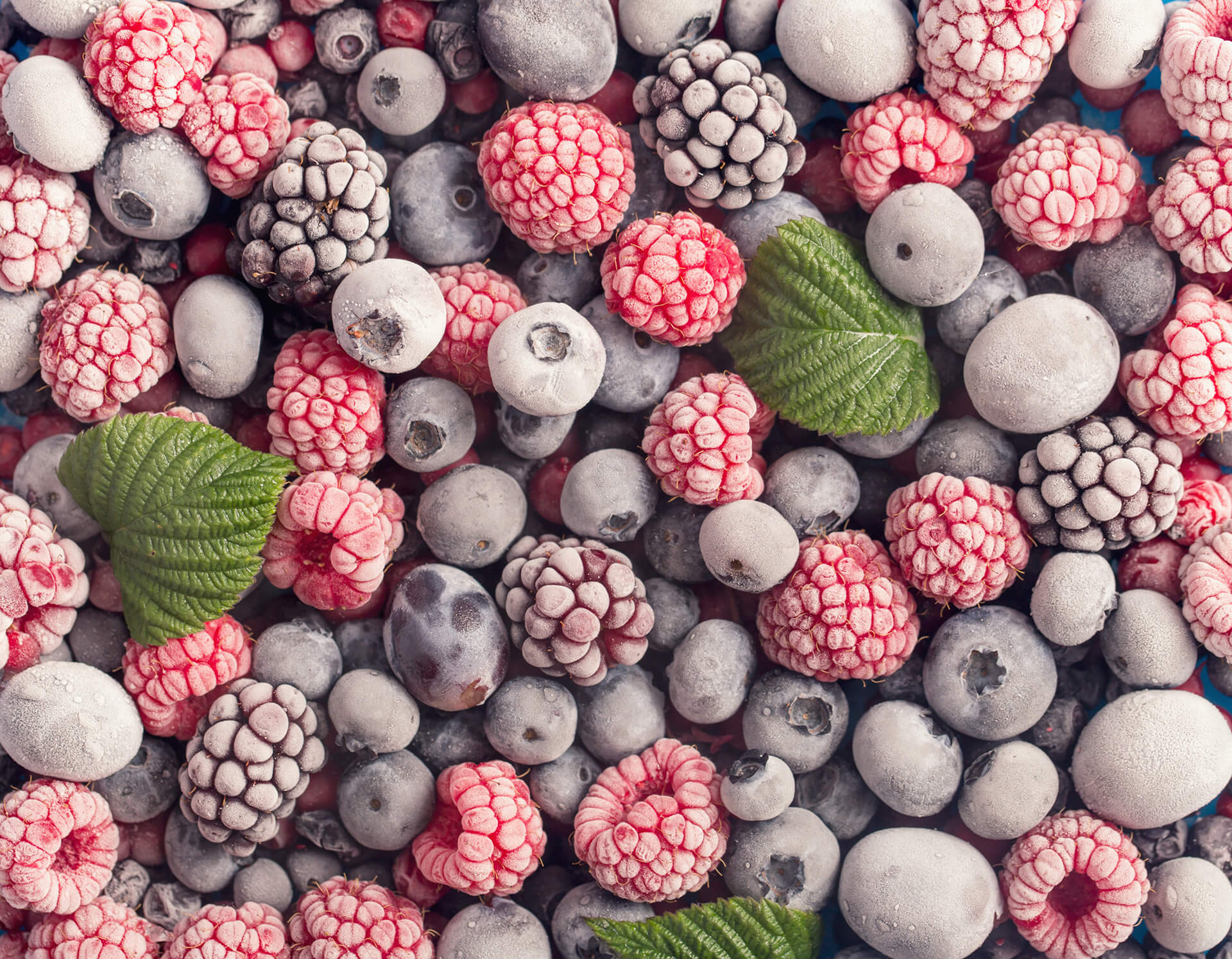




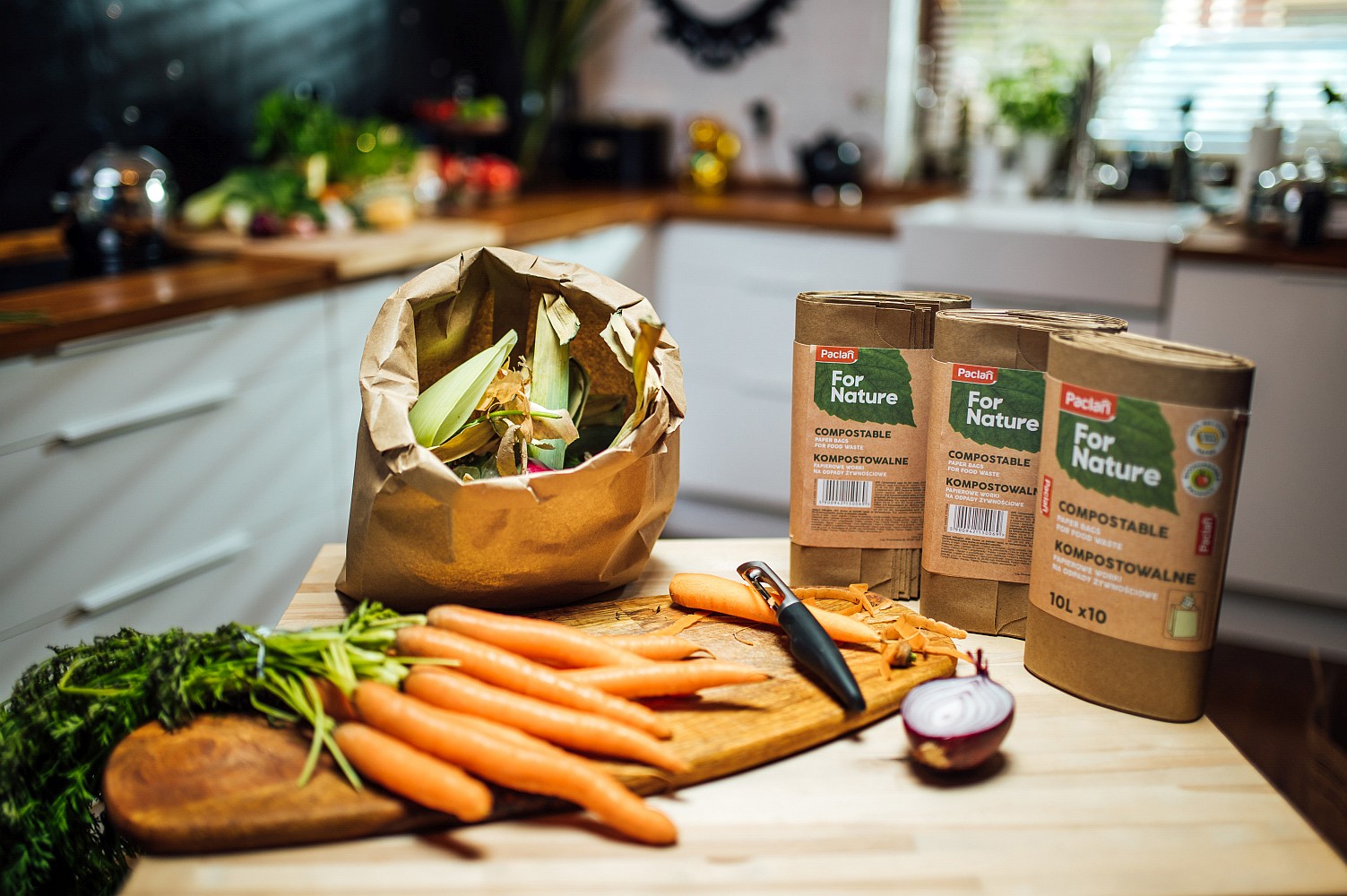
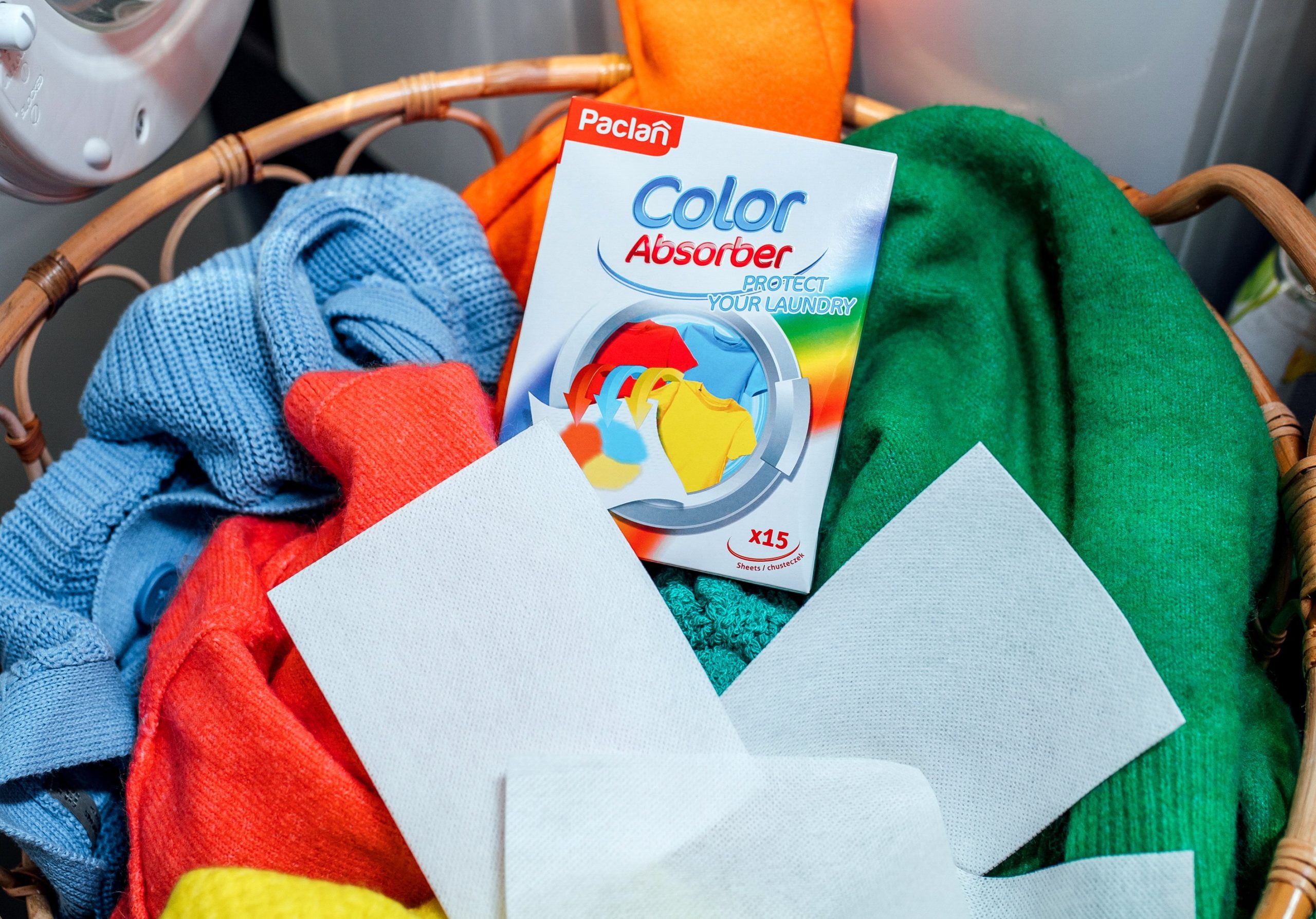

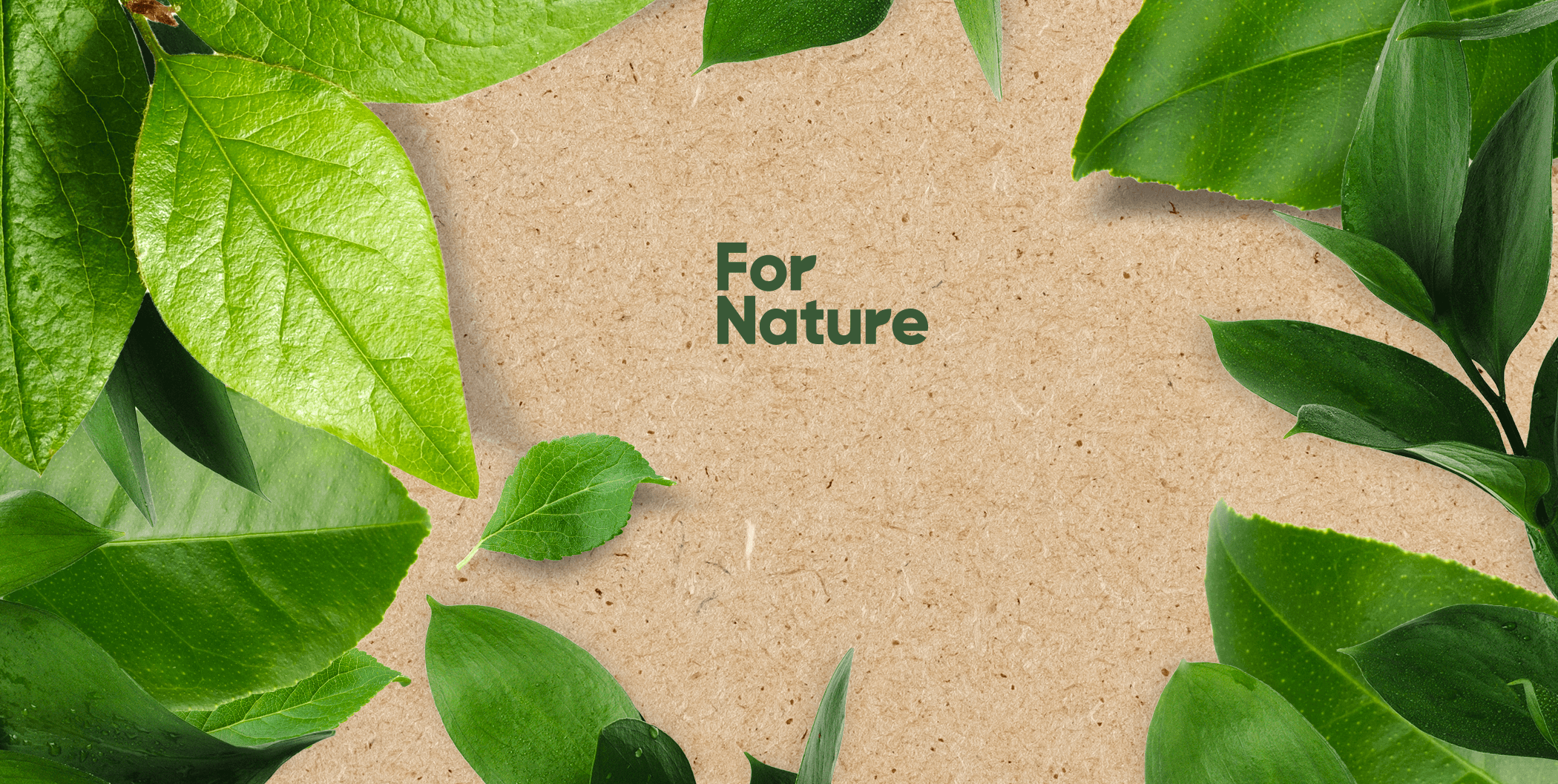
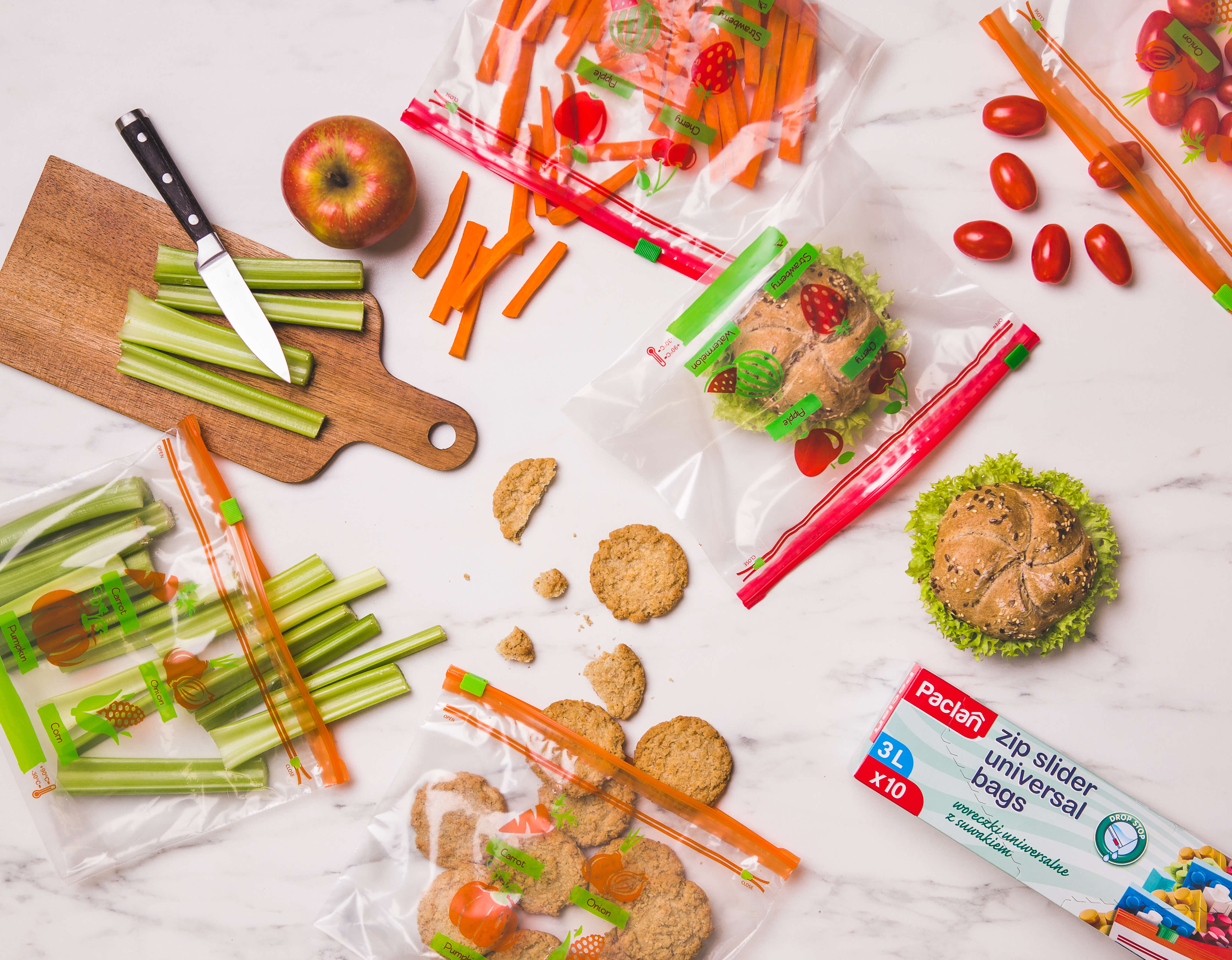

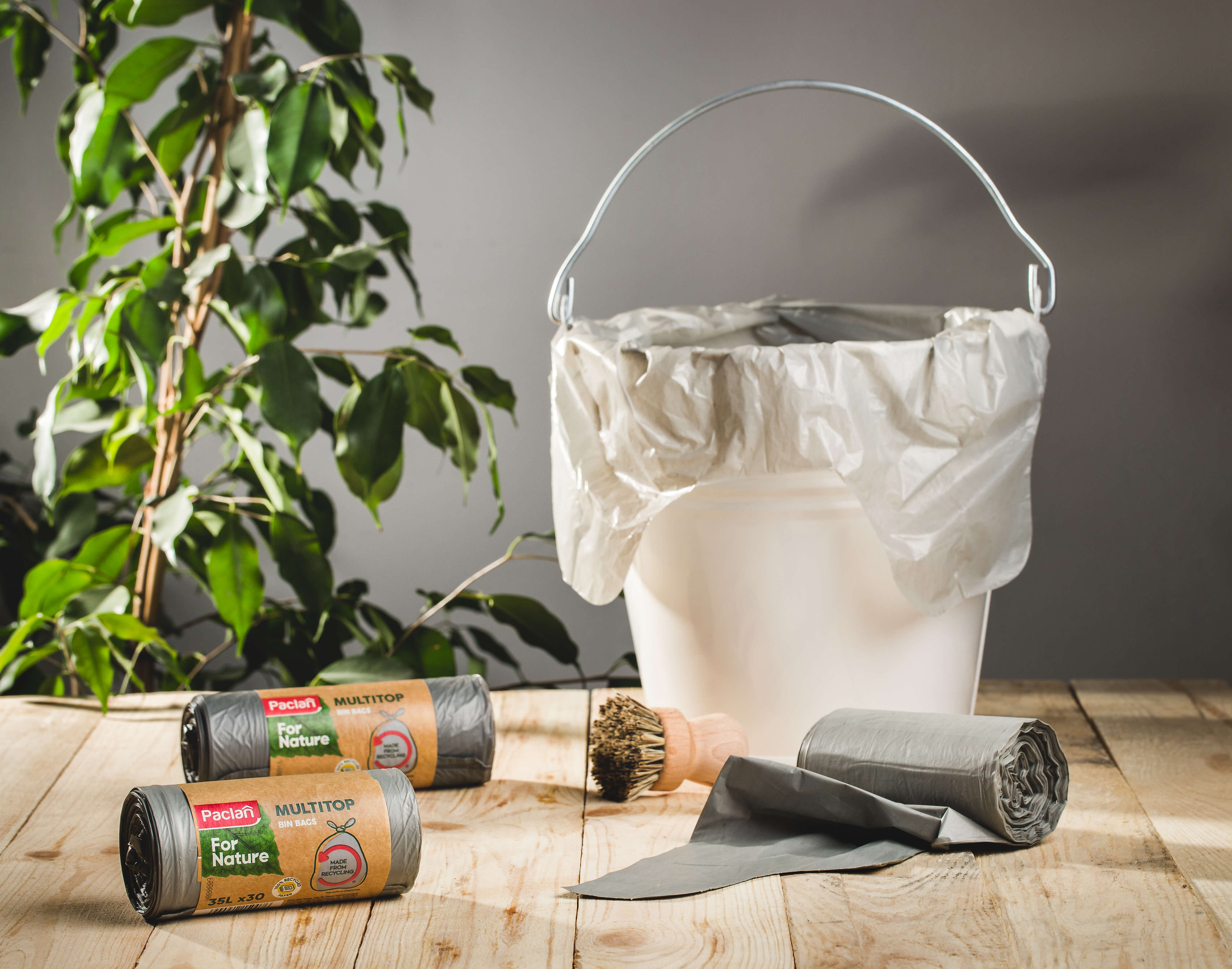




Comments: 0